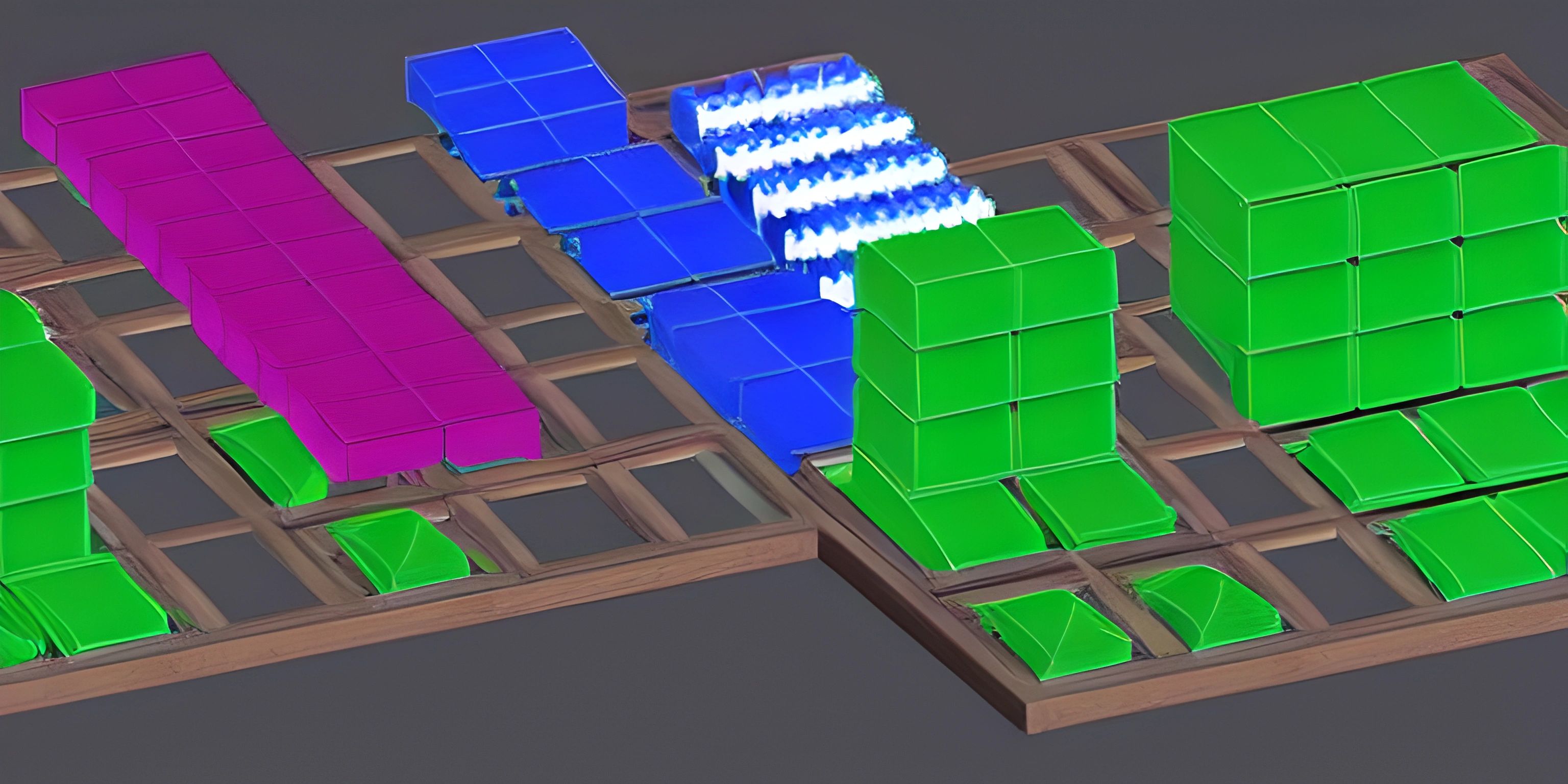Understanding Authentication

Note: this page has been created with the use of AI. Please take caution, and note that the content of this page does not necessarily reflect the opinion of Cratecode.
Authentication is the bouncer at the club of your application. It checks IDs, looks over the guest list, and only lets in the cool folks who are allowed. So, let's don our bouncer hats and see how we handle this!
What is Authentication?
Authentication, in the context of programming, is the process of confirming the identity of a user or a process. It's like when your dog sniffs the hand of your guests to make sure they are not cat people (or mailmen). Authentication comes in different shapes, and just like you wouldn't put a password on a dog biscuit, you need to pick the right type of authentication for your application.
Basic Authentication
Basic Authentication is the bouncer checking the photo on your ID against your face. It's simple, straightforward, and not very secure on its own. Let's glimpse at it through some pseudocode:
if (user.password == entered_password) {
grant_access();
} else {
deny_access();
}This code checks if the password provided by the user matches the stored password for that user. If they match, access is granted; else, access is denied. But like a flimsy ID, this method can be easily spoofed if not handled carefully. Using hashing and salting can help fortify Basic Authentication.
Token-Based Authentication
Token-Based Authentication is like a VIP pass - once you show it, you're in. The server generates a unique token for each user after they log in, and that token is used to verify the user's identity for subsequent requests. Here's a simplified version in pseudocode:
if (user.token == stored_token) {
grant_access();
} else {
deny_access();
}This method is more secure than Basic Authentication but needs careful handling of tokens. You wouldn't want your VIP pass to fall into the wrong hands, would you?
Hey there! Want to learn more? Cratecode is an online learning platform that lets you forge your own path. Click here to check out a lesson: What is Backend? (psst, it's free!).
FAQ
What is Authentication?
In programming, authentication is the process of confirming the identity of a user or a process. This is an essential aspect of security in programming, ensuring that only authorized users have access to certain functionalities or data.
What is Basic Authentication?
Basic Authentication is a simple method of checking if the provided user's credentials match the stored credentials. While straightforward, it's not very secure on its own and is often fortified with methods like hashing and salting.
What is Token-Based Authentication?
Token-Based Authentication involves assigning a unique token to each user upon login. This token is used to verify the user's identity for subsequent requests, providing a more secure alternative to Basic Authentication. However, token management needs to be done carefully to prevent security breaches.





